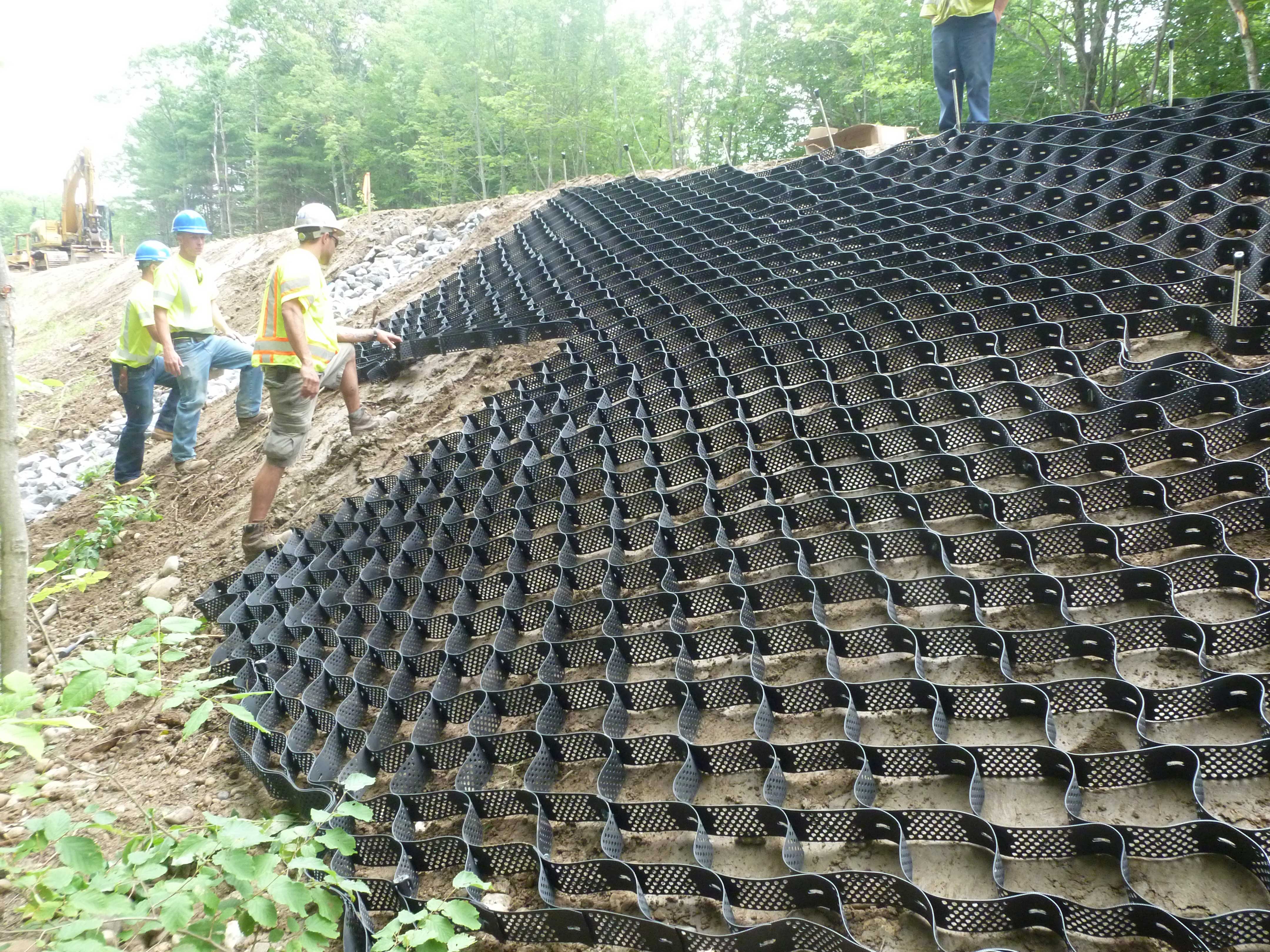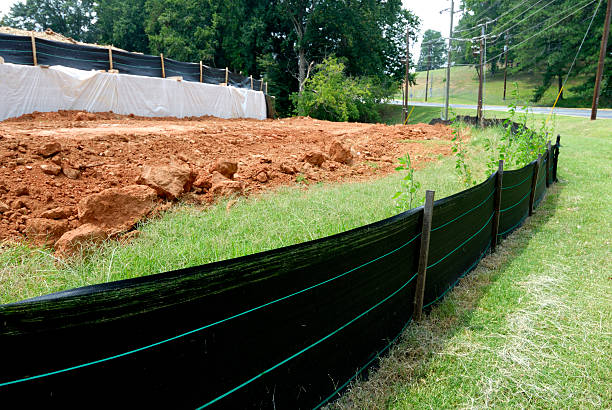Quality with Memphis Erosion Control Solutions hydroseeding
Wiki Article
Efficient Disintegration Control Strategies for Sustainable Land Monitoring
Are you searching for methods to successfully handle erosion on your land? Look no more! This article will supply you with valuable details on the relevance of disintegration control in sustainable land management. Discover the various kinds of erosion and their impact on your land, as well as natural methods to control disintegration. Discover exactly how to apply efficient erosion control actions and make certain correct tracking and maintenance. Begin acting today to secure and preserve your beneficial land.Importance of Disintegration Control in Sustainable Land Monitoring
Erosion control is vital for sustainable land administration because it assists protect against dirt deterioration and loss. By applying effective erosion control methods, you can ensure the lasting health and efficiency of your land. Without correct erosion control procedures, soil erosion can happen, resulting in the loss of beneficial topsoil that is rich in nutrients required for plant growth.One of the major factors erosion control is crucial is since it helps to preserve dirt fertility. Additionally, disintegration can lead to sedimentation in neighboring water bodies, which can adversely affect marine ecological communities.
One more key advantage of erosion control is the prevention of land deterioration. By applying erosion control strategies such as terracing, shape plowing, and the use of cover crops, you can aid stop land destruction and preserve the health of your land.

Kinds Of Disintegration and Their Effect On Land
Comprehending the numerous types of erosion and how they affect the land can aid you execute much better land management methods. Erosion is the procedure by which soil, rocks, and other products are gradually put on away and delivered by all-natural pressures such as ice, water, and wind. There are four primary types of disintegration: sheet erosion, rill erosion, gully disintegration, and mass movement erosion.Sheet disintegration occurs when a slim layer of soil is eliminated evenly from the surface of the land. This type of erosion is usually created by heavy rainfall or improper land administration techniques such as overgrazing or deforestation. Rill erosion, on the various other hand, occurs when tiny networks or rivulets are based on the land due to the circulation of water. This can take place on high slopes or areas with compacted soil.
Gully erosion is much more extreme and occurs when larger channels or gullies are formed due to the continual circulation of water. This kind of erosion can create significant damages to the land, leading to loss of topsoil and vegetation. Finally, mass motion disintegration refers to the motion of large quantities of soil and rocks downhill because of the force of gravity. This can happen in the form of landslides or dropping.
Recognizing these different types of erosion and their effect on the land is important for effective land monitoring. By executing disintegration control strategies such as terracing, contour plowing, and reforestation, you can reduce erosion and protect the integrity of the land. Additionally, exercising good land management approaches like proper plant rotation, preserving ground cover, and utilizing sediment control procedures can even more help in protecting against disintegration.
Natural Disintegration Control Methods for Lasting Land Administration
By implementing natural disintegration control approaches, you can effectively take care of and protect the honesty of your land. One efficient approach is making use of plant life, such as turfs and plants, to support Get the facts dirt and prevent disintegration. Growing native types can aid raise root thickness and bind the soil with each other, decreasing the risk of erosion caused by heavy rainfall or wind (hydroseeding). Additionally, mulching is one more all-natural method that can assist control erosion. By applying a layer of organic mulch, such as timber chips or straw, you can secure the soil from the effect of raindrops, lowering dirt compaction and drainage. One more all-natural erosion control technique is contouring the land. By developing shape lines or terraces on slopes, you can reduce the circulation of water and permit it to pass through the soil, reducing erosion. In areas where erosion is a significant issue, setting up erosion control coverings or mats can be useful. These floor coverings are made of naturally degradable products and help support the dirt until plants is established. Generally, by utilizing these all-natural erosion control techniques, you can successfully handle and safeguard your land from disintegration, guaranteeing its long-term sustainability.Executing Effective Erosion Control Measures

One such technique is the usage of erosion control blankets. Additionally, growing plants is a vital step in erosion control. By carrying out these verified disintegration control techniques, you can efficiently secure your land and reduce the risk of erosion and its harmful impacts.
Monitoring and Maintenance of Disintegration Control Techniques
When monitoring and keeping disintegration control measures, it is essential to consistently examine the erosion control blankets, terraces, plant life, and debris control actions to ensure they are operating appropriately and successfully stopping erosion (Memphis Erosion Control Solutions excavation). By performing regular assessments, you can determine any problems or shortages in the erosion control methods and take required actions to rectify them
Beginning by examining the disintegration control coverings. Look for signs of damage or wear, such as dig this rips or revealed soil.
Examine for indicators of disintegration, such as sediment buildup or unequal surface areas. Make sure that the terraces are properly designed and maintained to divert water circulation and reduce erosion.
Evaluate the vegetation in the erosion control area. Ensure that it is healthy and appropriately covers the soil. Try to find any signs of plant tension or illness, and address them without delay. Appropriate greenery protection helps avoid and stabilize the soil disintegration.
Finally, examine the debris control steps, such as sediment basins or debris fencings. See to it they are appropriately installed and functioning as meant. Remove any built up sediment and ensure that the controls are appropriately maintained.
Routine surveillance and upkeep of disintegration control actions are important for their lasting effectiveness in avoiding disintegration and maintaining sustainable land administration practices.
Final Thought
In conclusion, you need to prioritize disintegration control for lasting land monitoring. By recognizing the different sorts of erosion and their influence on the land, you can implement effective all-natural erosion control techniques. It is necessary to consistently monitor and preserve these strategies to guarantee their long-lasting effectiveness. By taking action and applying these procedures, look at more info you can help protect the land from erosion and promote sustainable land monitoring practices. So, do not think twice to make disintegration control a top priority for a much healthier and even more lasting future.Discover the various types of erosion and their impact on your land, as well as natural techniques to control erosion. There are four major kinds of erosion: sheet disintegration, rill disintegration, gully disintegration, and mass movement erosion.
By implementing disintegration control techniques such as terracing, contour plowing, and reforestation, you can reduce erosion and maintain the stability of the land (Memphis Erosion Control Solutions trenching). In general, by using these all-natural disintegration control methods, you can properly manage and secure your land from erosion, ensuring its long-term sustainability
By comprehending the various kinds of erosion and their effect on the land, you can apply reliable natural erosion control techniques.
Report this wiki page